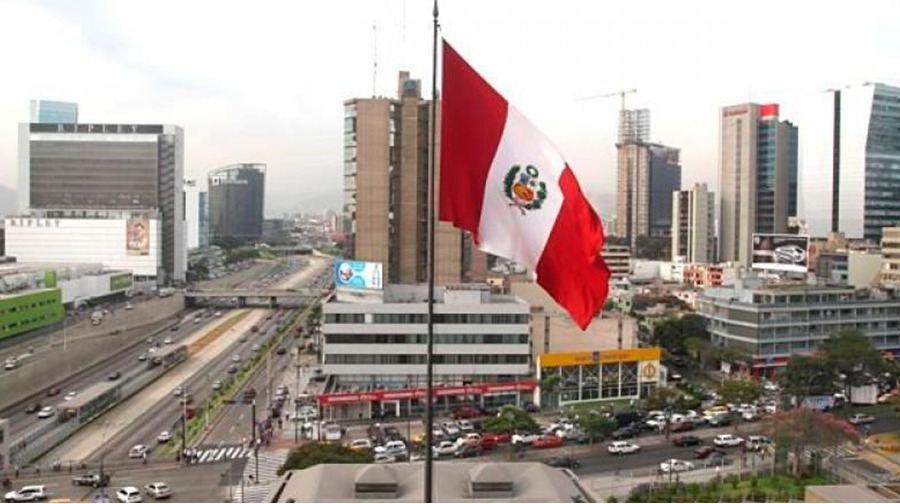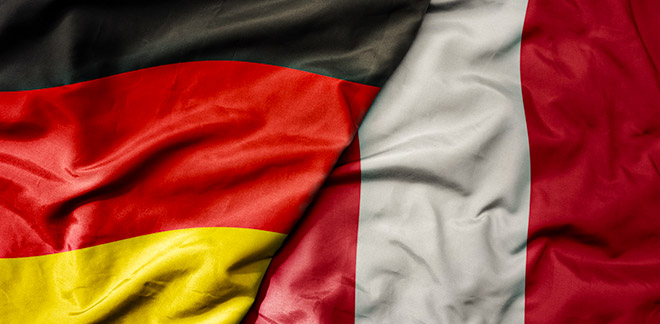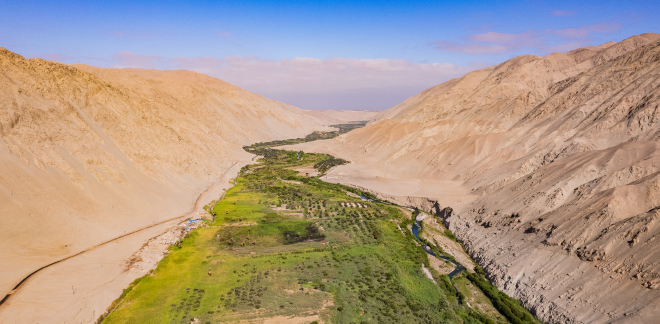Peru among the strongest economies in the region in the face COVID-19
Síguenos en:Google News
Peru is one of the best prepared economies in the region to overcome the economic impact of COVID-19. This was announced in a recent article published by the online edition of BBC World. It is common knowledge that the fight against the coronavirus has led many nations to put their productive system into a sort of "induced coma" (and this includes sectors such as hydrocarbons, industry and tourism).
But there are different levels of severity: "The impact will depend on the characteristics of each economy," the article states. And guess what. It turns out that Peru, the country of Machu Picchu and rich gastronomy, is part of a resilient trio along with Colombia and Chile, together standing as the best prepared countries to face the crisis. This is the opinion of Nora Lustig, professor of Latin American Economics at Tulane University (New Orleans) and president emeritus of the Latin American and Caribbean Economic Association.
"These are countries that have fiscal positions with more room for maneuver," the expert explained to the BBC.
Here's the explanation. The countries that are "the most prepared" to deal with the economic impact of the crisis are those that have relatively low debt in relation to their GDP. In that sense, the average debt in the region, according to estimates by the Inter-American Development Bank, is 62%.
In the case of Peru, the debt amounts to 26.8% of GDP, which puts it in a very good position. In Colombia, the average is 51%, while in Chile, the figure is 27.7%. Hope remains intact in Latin America.
Cautious reactivation
What Lustig said translates into concrete facts in the case of Peru. Almost three months after the declaration of the state of national emergency and compulsory isolation, Peru is now in the so-called Phase 1 of economic recovery. In this stage, some activities considered to be of primary need have been taking their course again. This is the case for certain mining and industrial operations, sanitation works, restaurants via take-away services, categorized hotels, purchase and sale of agricultural products and e-commerce. All, of course, under strict health protocols and supervision by the authorities.
"We have to be very careful," said Economy and Finance Minister María Antonieta Alva recently, in a statement to the Andina news agency, regarding the progressive reactivation.
"Our economic reactivation is quite gradual, and has been very responsible," said the state official, who assured that it won’t be long before the plan for Phase 2 is approved, which will essentially involve small and medium-sized enterprises (SMEs).
Progress is in sight!
Strong position in the world
With regard to the nations most affected economically by the pandemic, the BBC article points to the Caribbean countries, whose economies depend largely on tourism (the borders are closed for now). If we add to this the fall in oil prices and other factors, the International Monetary Fund estimates that the economy of Latin America and the Caribbean will reduce by around 5.2%.
Fortunately, within these calculations, Peru is one of the few exceptions. Despite the pandemic, the homeland of the Incas has just become the second largest exporter of avocado worldwide, with a total value of US$ 137 million in the first quarter of the year. The exportation of grapes is also growing considerably and it goes without saying that the export of frozen mangoes has increased by 40% this year.
It is demonstrated, once again, that we Peruvians, united, can achieve anything.
Sources: Andina/ BBC/ Gobierno del Perú









